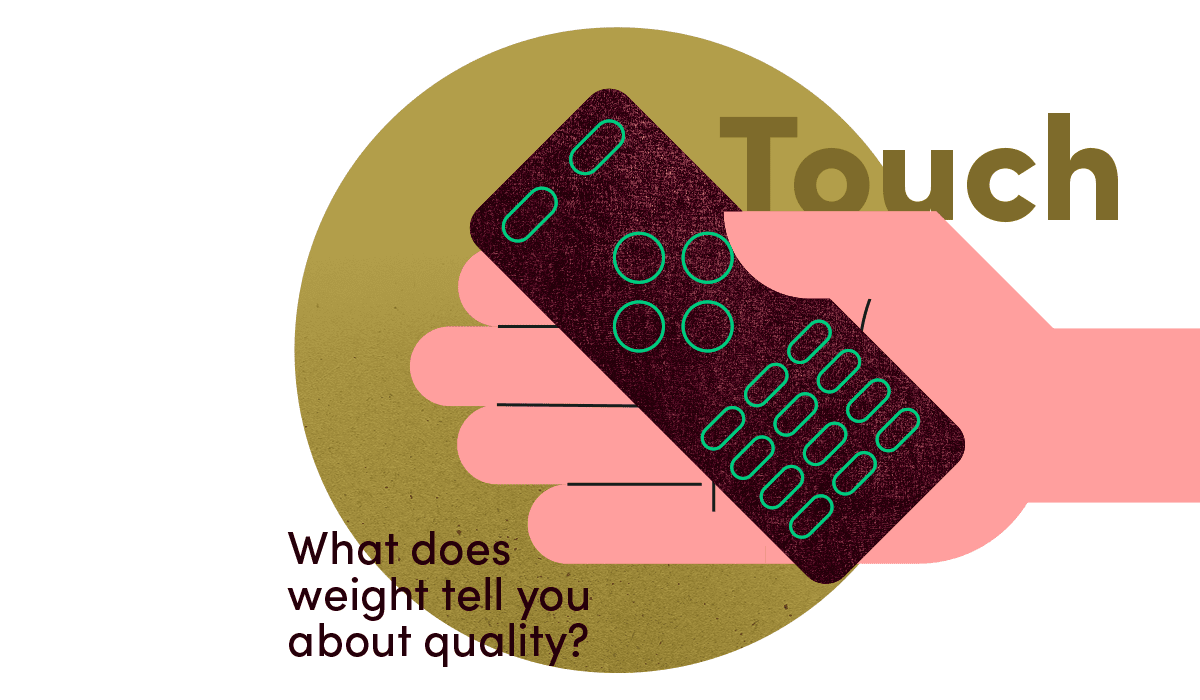Make your brand more distinct and memorable through sensory branding
One of the principles at Haystack Consulting is that we approach each project from a multisensorial perspective (be it for service providers, bed suppliers or producers of food & drinks). Not just because we are curious about the role the senses play, but because we find evidence in every case that optimising all sensory elements has a significant positive impact on the customer experience.

But first, what is Sensory Branding and why is it important?
There are two different ways of thinking:
One in which all the senses are embedded as part of the total experience (this is what Martin Lindstrom wrote about in his brilliant book ‘Brand Sense’. This definition is also used by several academics e.g. prof. Bertil Hulten):
“The process that focuses on sensory strategies and stimuli with the goal of creating a multi-sensory brand experience, supporting the individual's identity creation through the five senses and the brain’s memory structures to enhance consumer value of and experiences with the brand.”
As within the scientific world some of the scientists find the above definition to be part of just normal Branding, so they’ve recently proposed a novel, much more narrow definition, which was launched in April 2022, during the SWOCC* publication of the book on Sensory Branding.
“Sensory branding is a complementary form of branding that makes use of implicit olfactory, taste, tactile, visual and sound stimuli (Vermeulen, 2022).”
This is an important difference as in the latter definition, the focus is only on implicit cues. At Haystack Consulting - with the experiences we’ve gathered throughout the years - we find this definition too narrow, so our starting point is the first definition, in which we embed the implicit stimuli. Leveraging the senses to the MAX.

Why is Sensory Branding important?
- Stimuli that are identified by the senses are the first stimuli to reach a human being. Every brand interaction starts with it.
- Sensory stimuli (sight, sound, smell, touch, taste) cannot be ignored, even if you would want to... Humans are biologically programmed to develop a ‘reaction’ towards them.
- Sensory stimuli convey meaning: you don’t have to tell your audience that your proposition is a luxury item, you just show it by using colors, physical materials ...
- When applying the senses in a congruent matter, meaning that each sense builds and strengthens the other, you enhance the total experience and make your proposition more distinct and memorable and harder to copy by your competitors.
- When developing the proposition by deliberately including brand distinct assets, a brand can leverage those in advertising, enhancing recall cross media channels and reducing media spend in-store and on air significantly (e.g. the crunch of Magnum, the Northern light green of Heineken’s bottles)

And ‘yes’ also in the digital age, Sensory Branding remains key.
It maybe even more important as it is a unique way to get into contact with your customers and make them feel special. As Mastercard is proofing time and time again, with their proprietary ‘priceless perfumes’ and tasty macarons.
So looking forward to discuss your brands multisensorial experience and finding ways together to make them more distinct and memorable.
—
*SWOCC= Stichting Wetenschappelijk Onderzoek Commerciele Communicatie (Foundation for Scientific Research regarding commercial communication efforts)
